Al Bano and Romina: Italian icons between movies and songs
Al Bano and Romina Power, often referred to as “Al Bano and Romina”, are indeed one of Italy’s most beloved and famous singing couples. They gained international recognition for their romantic ballads and captivating performances.
Al Bano Carrisi, born in 1943 in Cellino San Marco, Apulia, and Romina Power, born in 1951 in Los Angeles, California, met in 1967 and began their musical collaboration soon after. They married in 1970 and became a successful singing duo, releasing numerous hit songs in Italian and other languages. The meeting between the them took place in 1967, when a 24-year-old Albano and a sixteen-year-old Romina, shoot together a movie inspired by the famous single of the Italian singer “Nel Sole”. Its love at first sight. They married in 1970 and in the same year they became parents.
Their popularity skyrocketed during the 1970s and 1980s, and they achieved great success with songs like “Felicità”, “Ci sarà”, “Sempre sempre,” and “Sharazan.” Their music combined elements of various genres: pop, rock, and traditional Italian melodies, often featuring heartfelt lyrics about love and relationships.
Al Bano’s powerful tenor voice and Romina Power’s enchanting vocals created a unique blend that captivated audiences. They toured extensively and performed in many countries, amassing a massive fan base across Europe and beyond.
Along with the musical performances they continued to act together in some films, such as “Champagne in Paradiso”, set in Rome with beautiful shots and locations of the eternal city.
Their personal relationship and on-stage chemistry added an extra layer of appeal to their performances. Despite their divorce in 1999, they continued to collaborate on music and maintained a strong bond as friends and artistic partners.
Al Bano and Romina’s songs and movies touched the hearts of millions and became an integral part of Italian culture. Their music has stood the test of time and continues to be cherished by fans worldwide.
Al Bano has also become one of the most famous symbols of the region Puglia where he carries on the tradition of his family with the cultivation of lands, producing oil and wine.
Although they have pursued solo careers and occasionally performed together in recent years, their legacy as a duo remains iconic in the history of Italian music.
Watch the full movie on www.movieitalyplus.com or watch the clips on www.visititalywithmovies.com
Click here to read more articles!


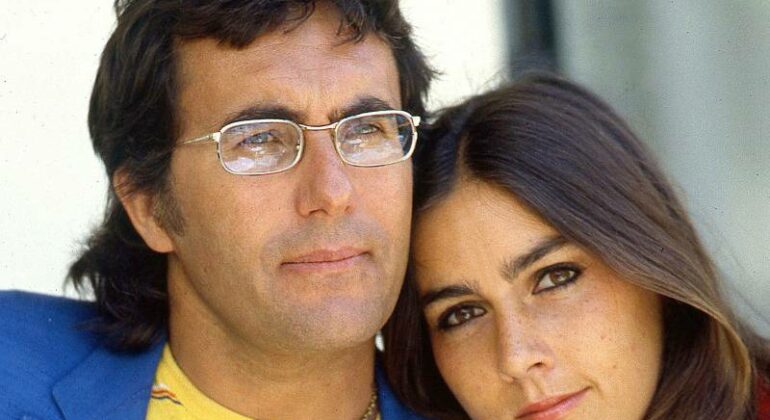
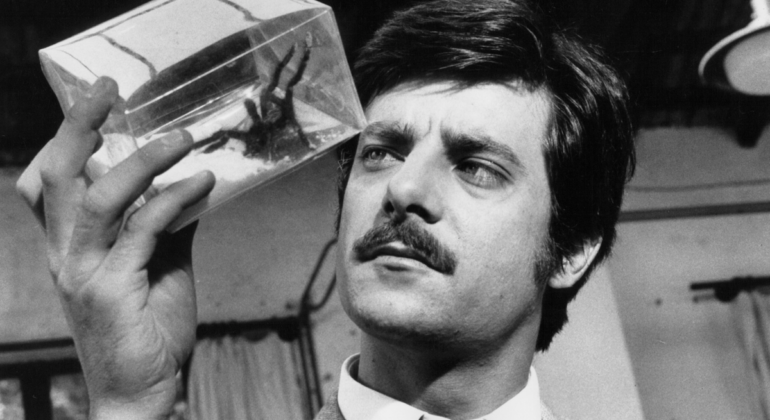
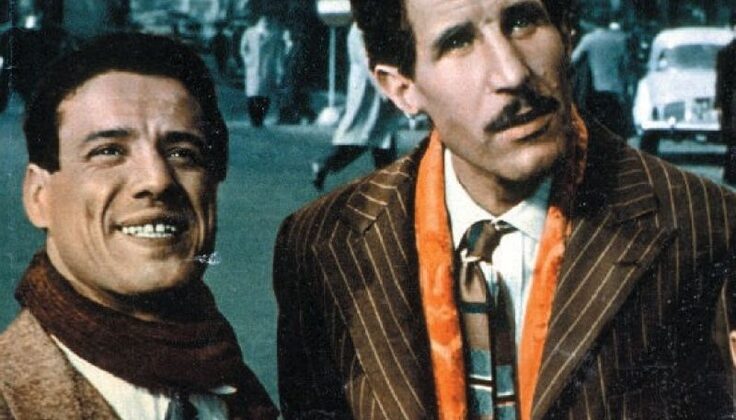
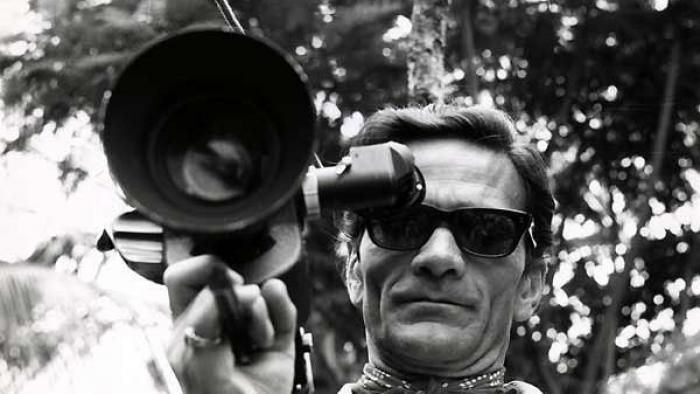
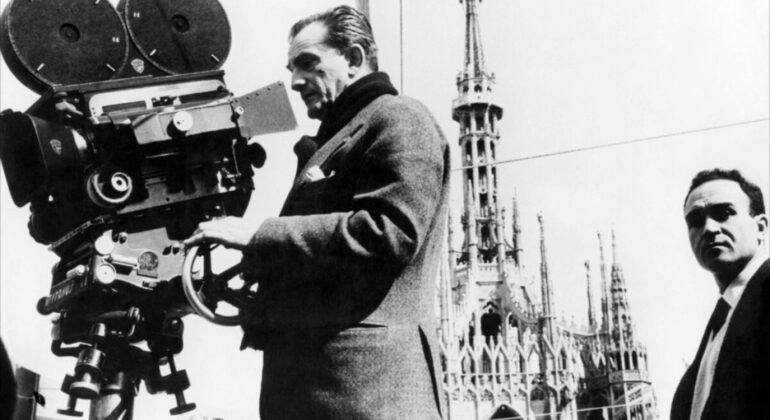
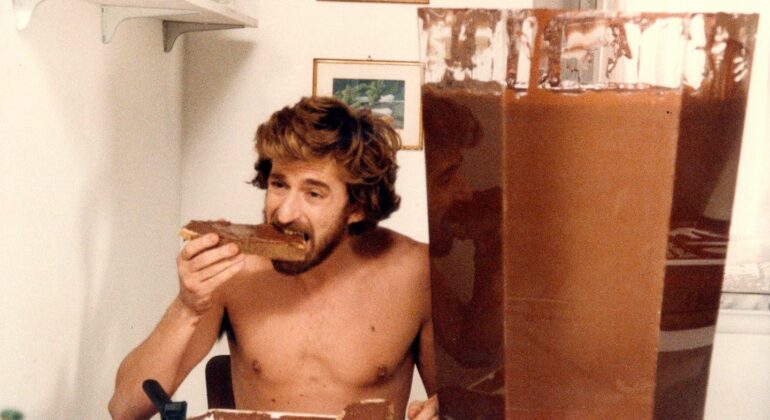

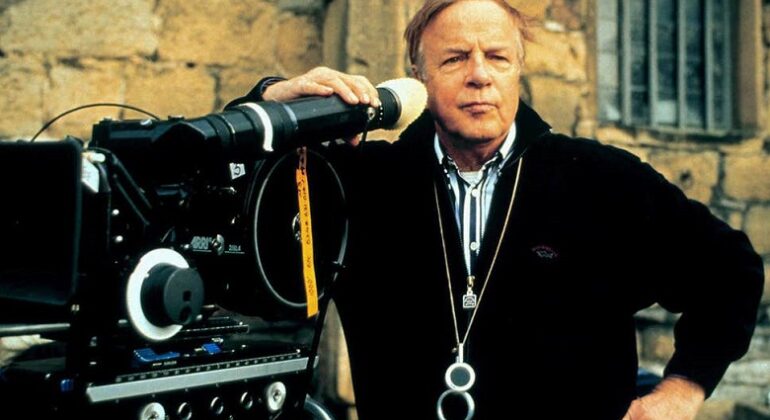
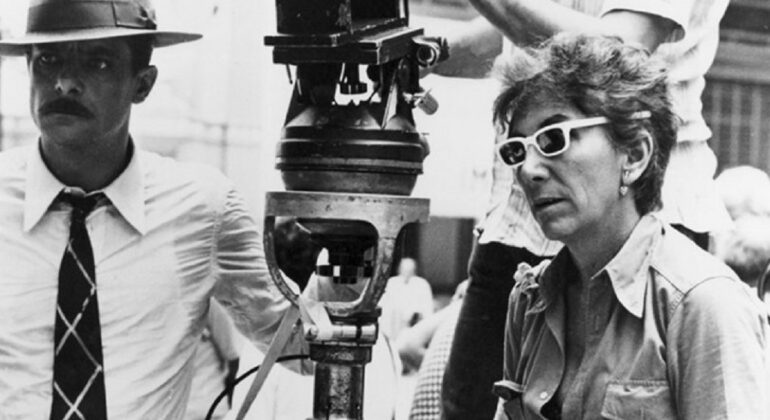
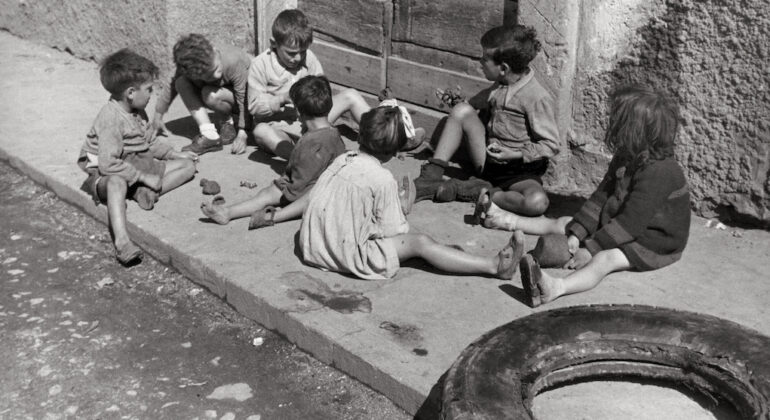




Recent Comments